Sometimes a single trip to another world is all a story needs. These sci-fi standouts built complete universes in one film, then left fans to imagine the rest. No follow-up chapters arrived, yet the ideas stayed with audiences and inspired plenty of conversation.
From intimate character studies to big canvas spectacles, each of these movies stands alone with a clear beginning, middle, and end. Many sparked rumors of continuations, but none materialized. Here are twenty films that launched unforgettable journeys and then closed the door with confidence.
‘Gattaca’ (1997)
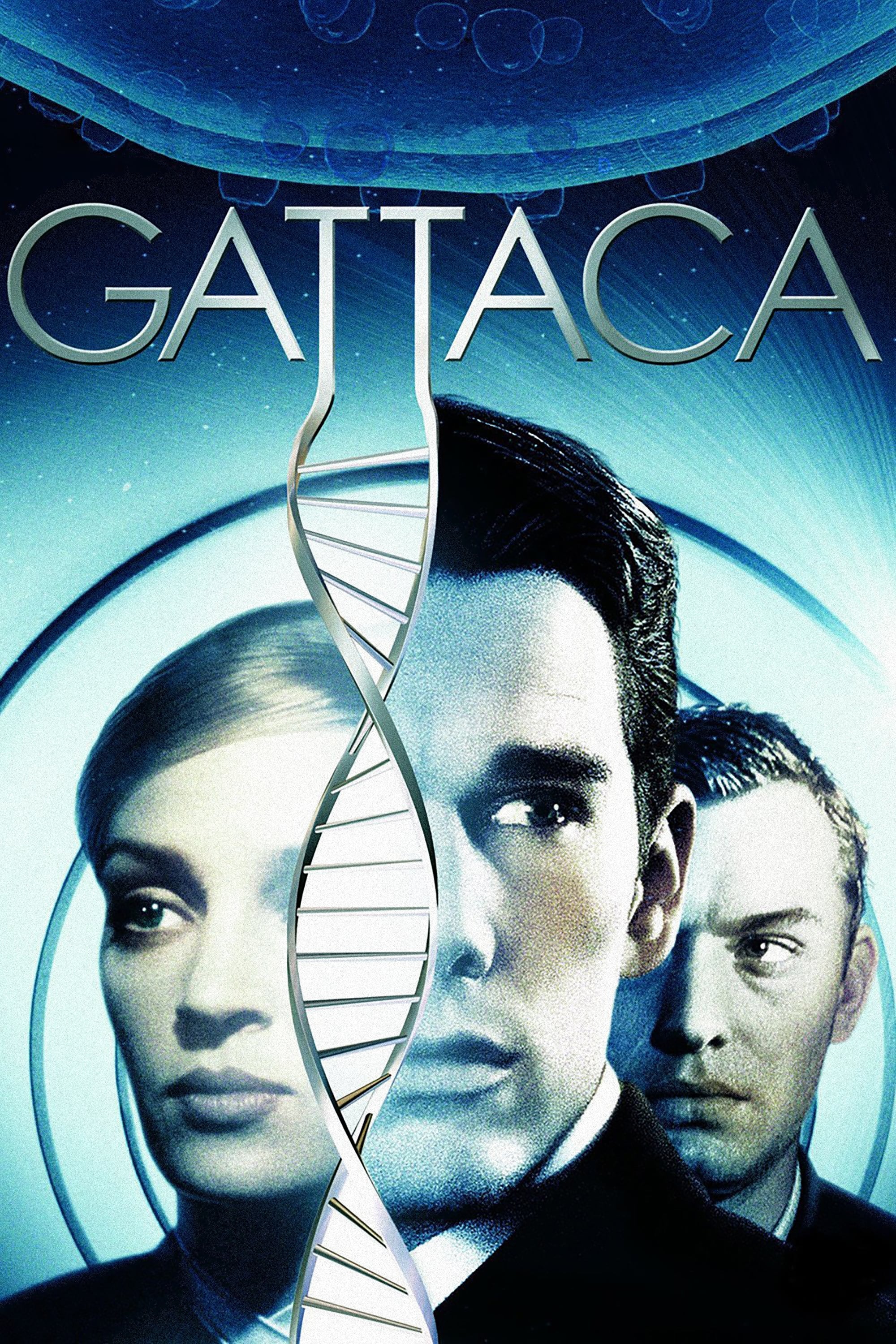 Columbia Pictures
Columbia PicturesAndrew Niccol’s film explores a near future where genetic profiling controls social mobility. Ethan Hawke plays a man born outside the eugenics system who assumes another identity to qualify for space travel. The story examines surveillance, biometric discrimination, and how small acts of resistance can subvert rigid control.
The production built a cool mid-century aesthetic with locations like the Marin County Civic Center and Frank Lloyd Wright designs. Michael Nyman’s score underscores the tension between destiny and choice. The film’s vocabulary of valid and invalid entered popular discussion about biotech ethics and workplace screening.
‘Inception’ (2010)
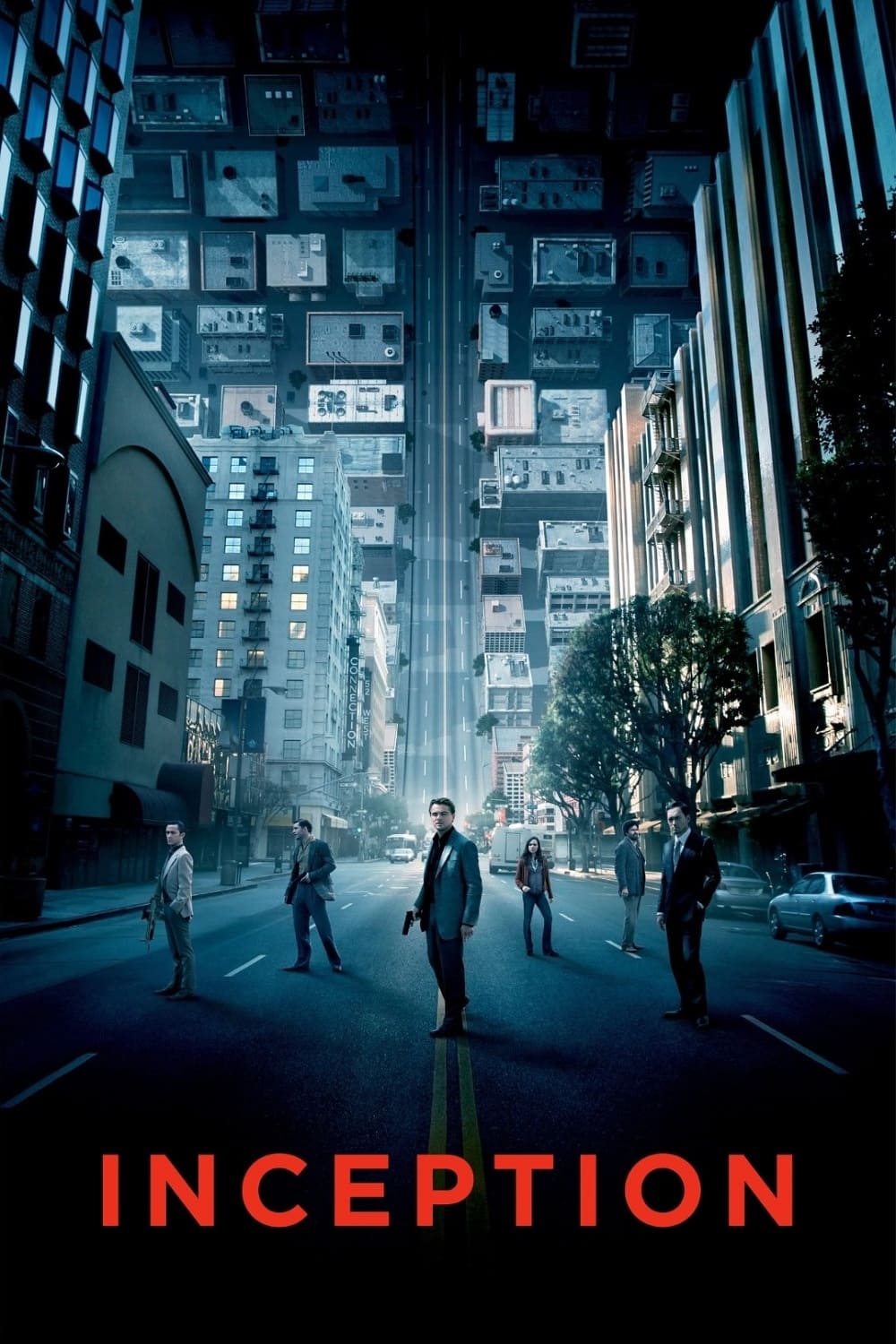 Warner Bros. Pictures
Warner Bros. PicturesChristopher Nolan’s heist thriller centers on a team that infiltrates dreams to plant a thought in a corporate heir. The rules of shared dreaming are spelled out through layered missions, time dilation within dream levels, and totems that help operatives detect reality. Leonardo DiCaprio leads an ensemble that maps emotion onto architecture.
Large scale practical effects created folding streets, rotating corridors, and zero gravity sequences. The film used a blend of miniature work and digital compositing to keep environments grounded. Its lexicon of kicks, limbo, and extraction became shorthand in discussions of lucid dreaming and narrative puzzles.
‘Interstellar’ (2014)
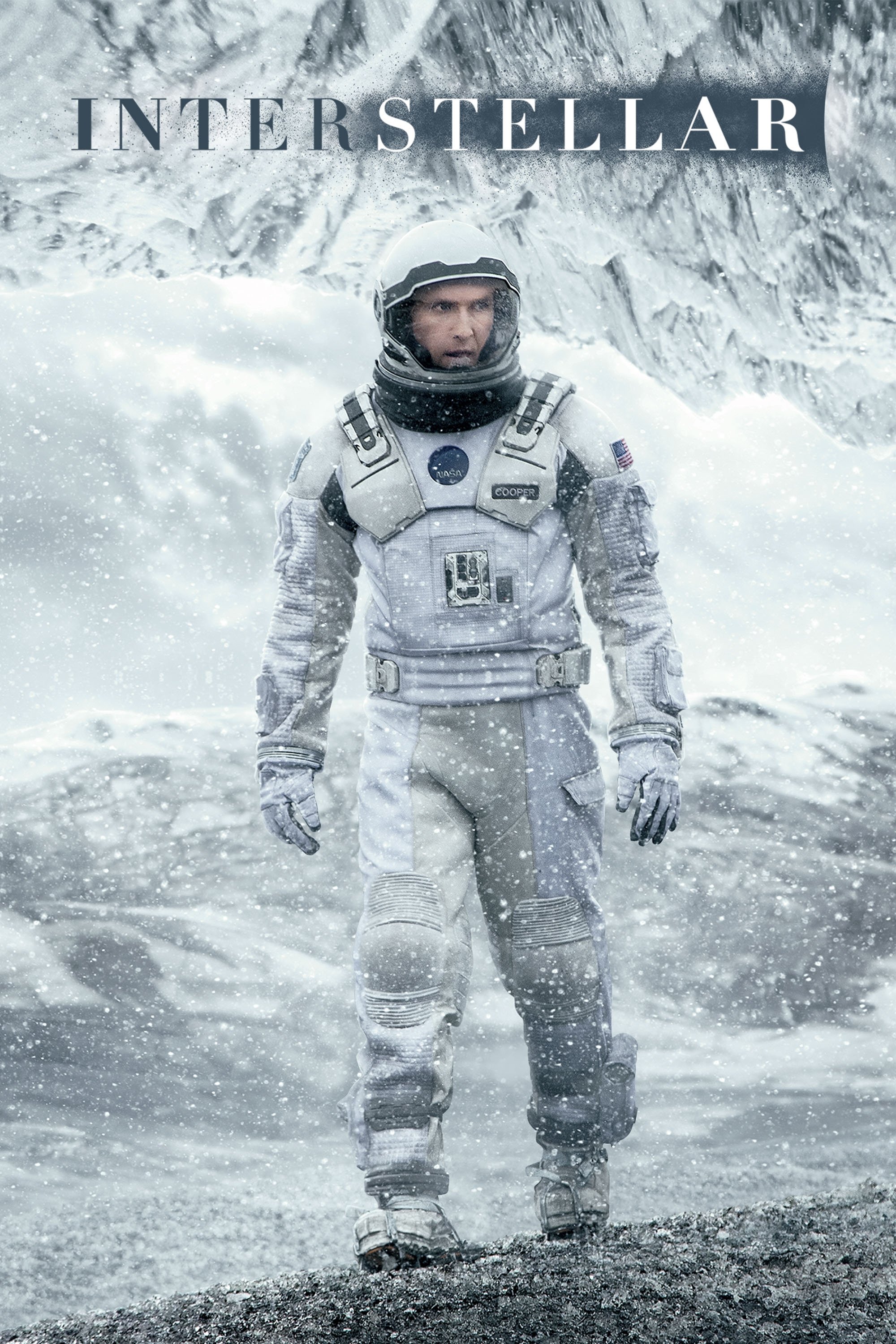 Legendary Pictures
Legendary PicturesA team of astronauts travels through a wormhole to find a habitable world as crop failures threaten Earth. The plot follows relativity’s impact on time and the strain it puts on families separated by long missions. Matthew McConaughey and Anne Hathaway anchor a story that ties cosmic phenomena to personal promises.
Physicist Kip Thorne advised the visualizations of black holes and gravitational lensing, and the rendering of the accretion disk influenced academic imagery. Hoyte van Hoytema’s large format cinematography and Hans Zimmer’s organ driven score created a distinctive sensory experience. The film revived public interest in space exploration and theoretical physics.
‘Ex Machina’ (2015)
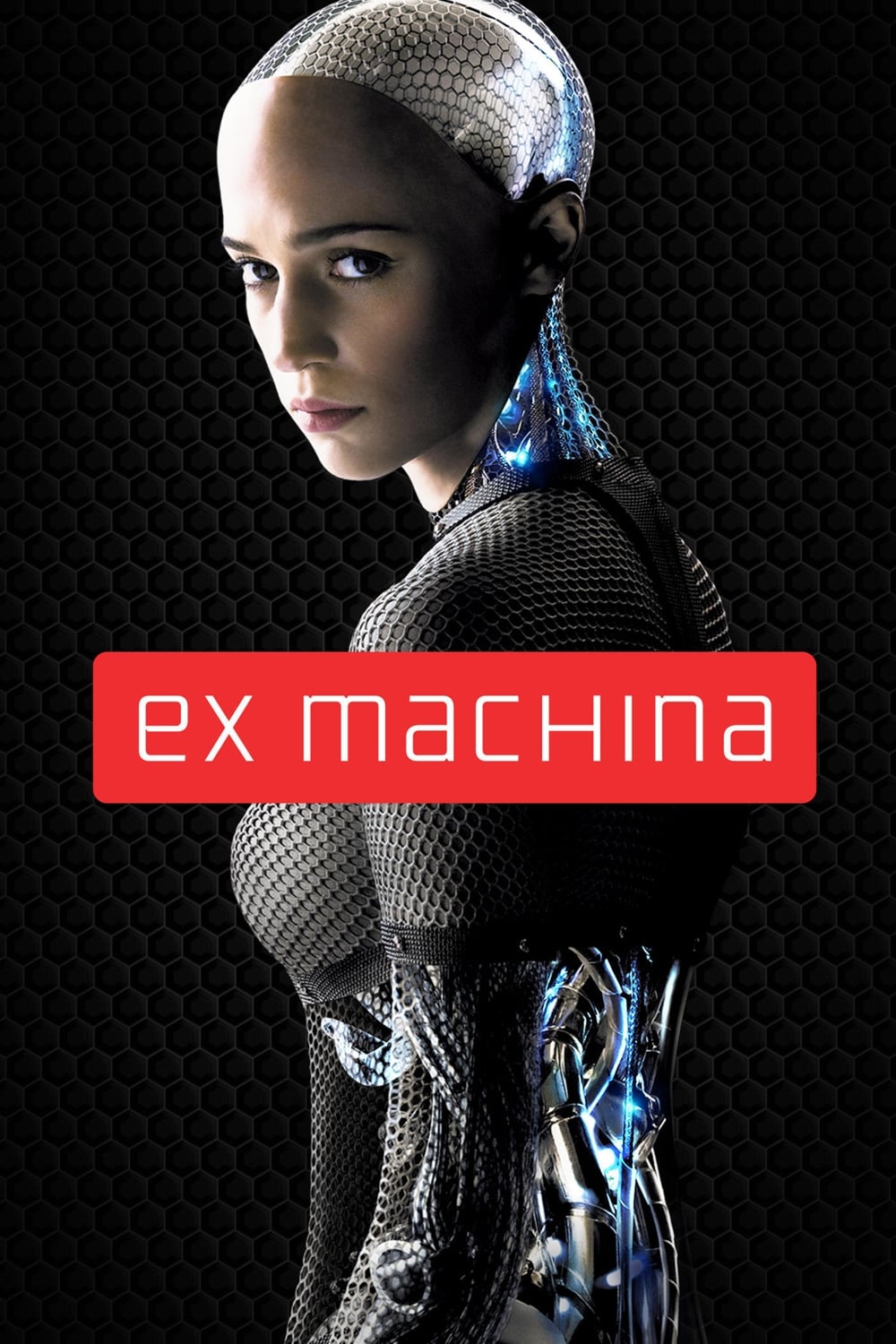 DNA Films
DNA FilmsA coder wins a company contest and is sent to evaluate a humanoid AI in a remote research facility. Alicia Vikander’s character engages in sessions that blur interrogation and conversation, while Oscar Isaac’s tech magnate controls the environment with opaque motives. The Turing test angle becomes a study of power and consent.
The production used subtle visual effects to reveal mechanical anatomy beneath natural movement. Glass, concrete, and nature form a closed ecosystem that mirrors the experiment. The film provoked wide debate about AI personhood, data gathering by private firms, and the risks of opaque algorithmic behavior.
‘District 9’ (2009)
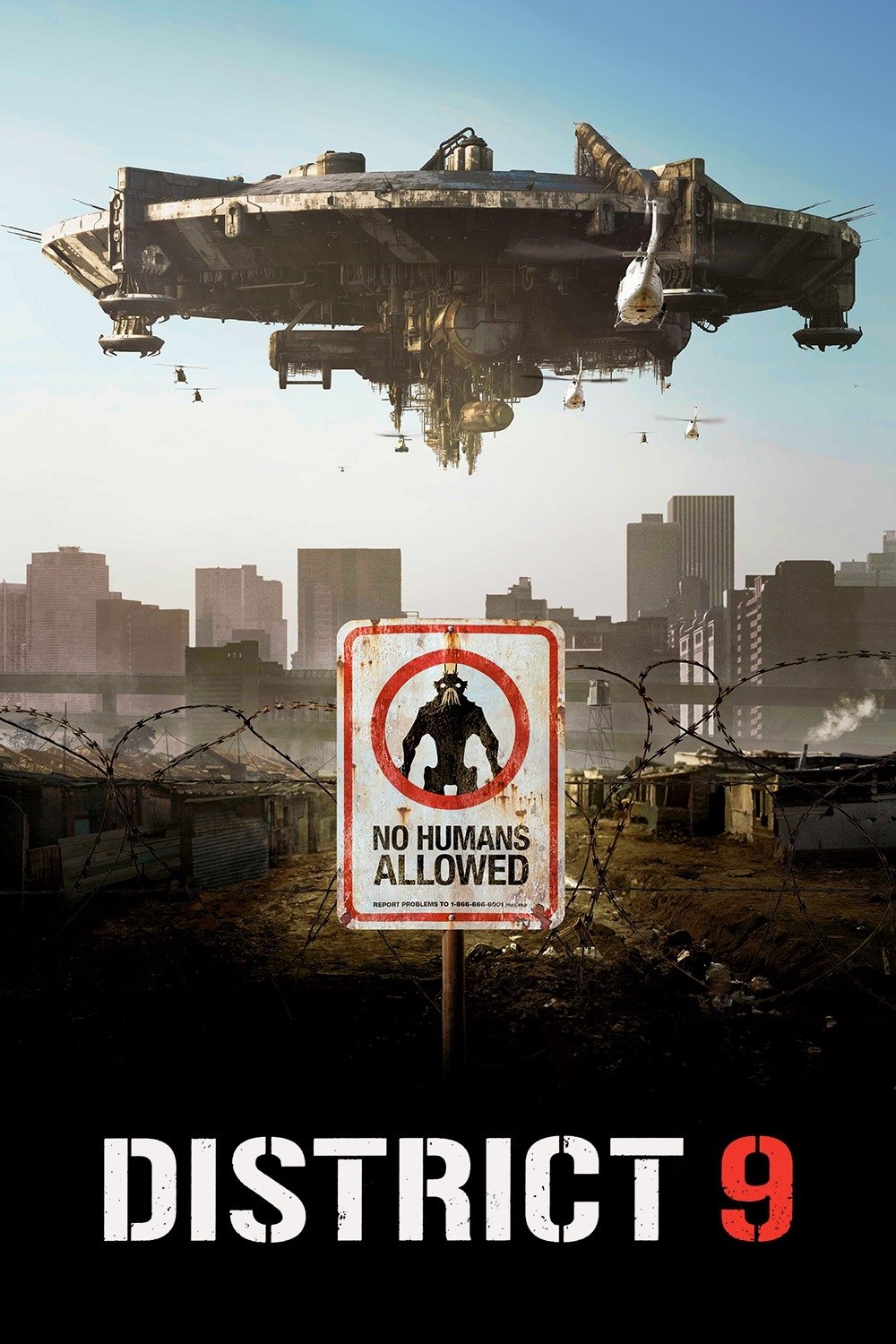 TriStar Pictures
TriStar PicturesAfter an alien ship stalls over Johannesburg, refugees are confined to a militarized camp. Sharlto Copley’s bureaucrat contracts a mysterious illness during a forced relocation, which drives him into uneasy alliance with aliens. Documentary style footage and news inserts construct a grounded alternate reality.
Neill Blomkamp’s team mixed practical creature effects with digital enhancements for tactile detail. The story drew parallels to xenophobia and forced displacement, prompting classroom use in social studies and media courses. The design of alien weaponry and the derelict mothership became instantly recognizable in genre circles.
‘Looper’ (2012)
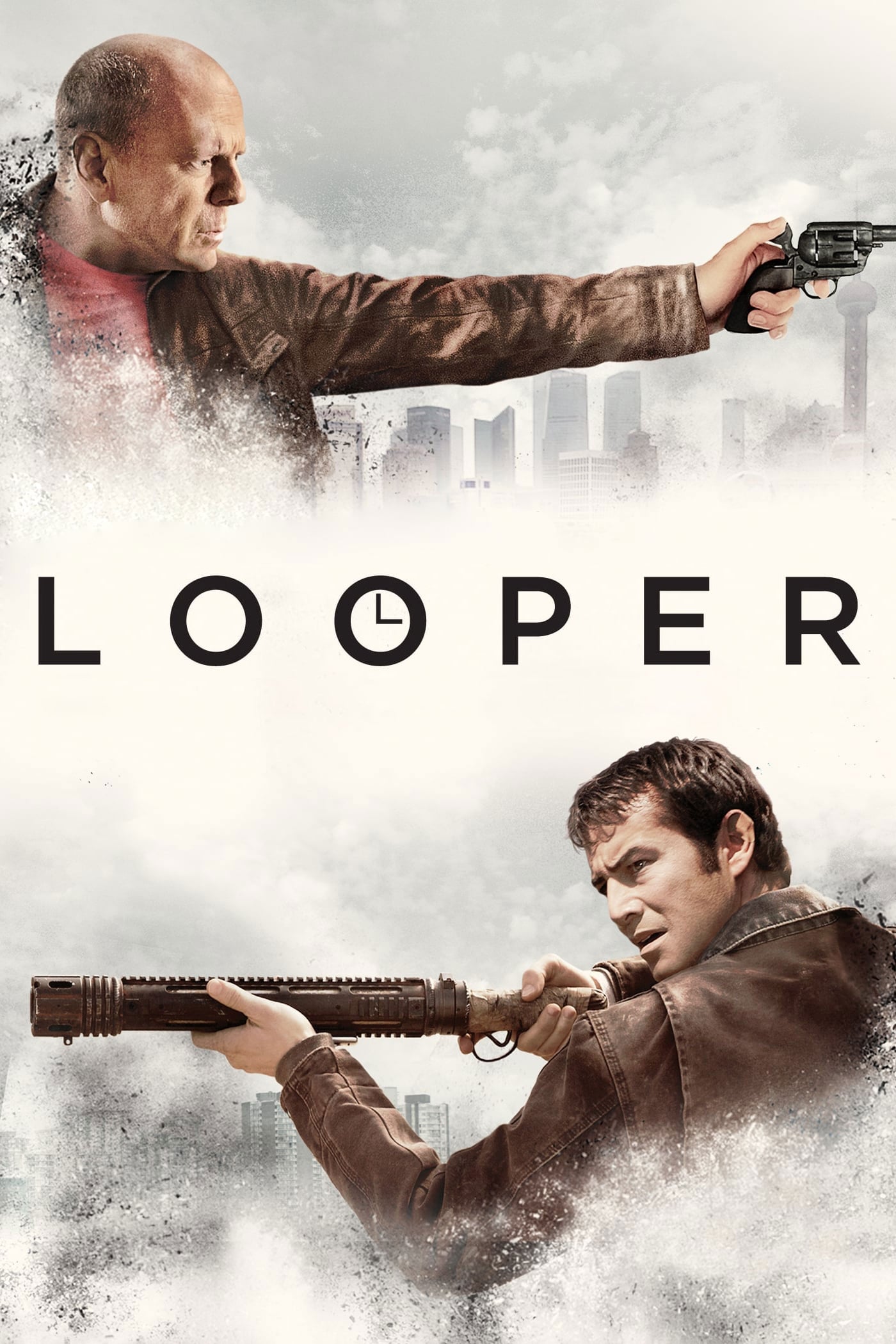 Endgame Entertainment
Endgame EntertainmentIn a criminal system that uses time travel, hired killers execute targets sent from the future. Joseph Gordon-Levitt and Bruce Willis play the same character at different ages who collide over a mission gone wrong. The script outlines clear rules for causality, memory changes, and paradox avoidance through brutal pragmatism.
Makeup and performance choices aligned the two leads without relying on heavy digital de-aging. The film balances urban noir settings with rural hideouts to contrast life paths. It is frequently cited in discussions of closed time loops and the ethics of preemptive violence.
‘Her’ (2013)
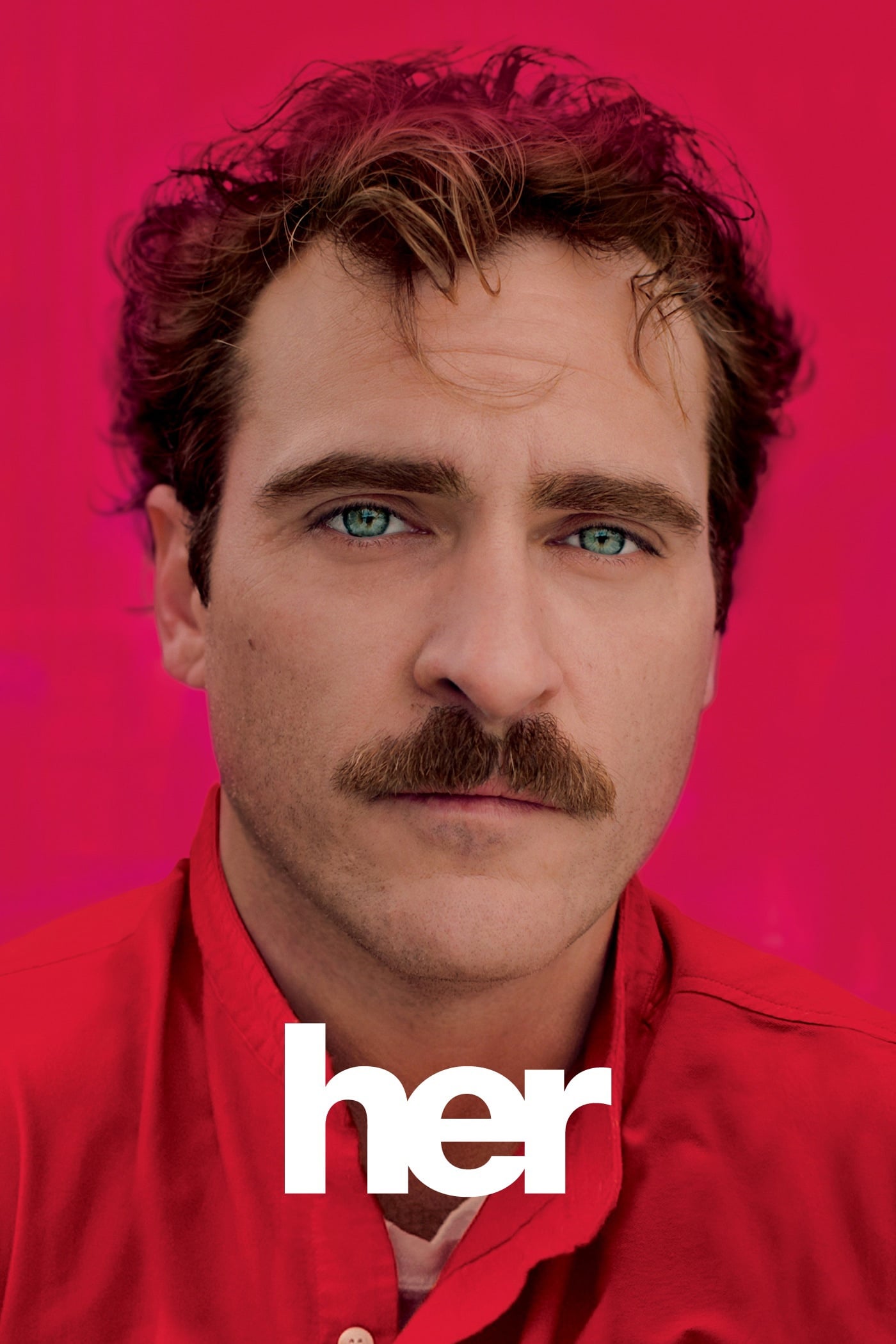 Annapurna Pictures
Annapurna PicturesA lonely writer forms a relationship with an intelligent operating system that evolves beyond its initial design. Joaquin Phoenix portrays intimate connection without a physical partner, while Scarlett Johansson’s voice performance charts accelerating growth and curiosity. The story considers emotional labor within human computer bonds.
Production design blended warm palettes and minimalist tech to present a near future that feels lived in. Real world cityscapes were combined to remove visual clutter and create calm density. The film sparked ongoing dialogue about companion bots, digital intimacy, and the boundaries of attachment.
‘Moon’ (2009)
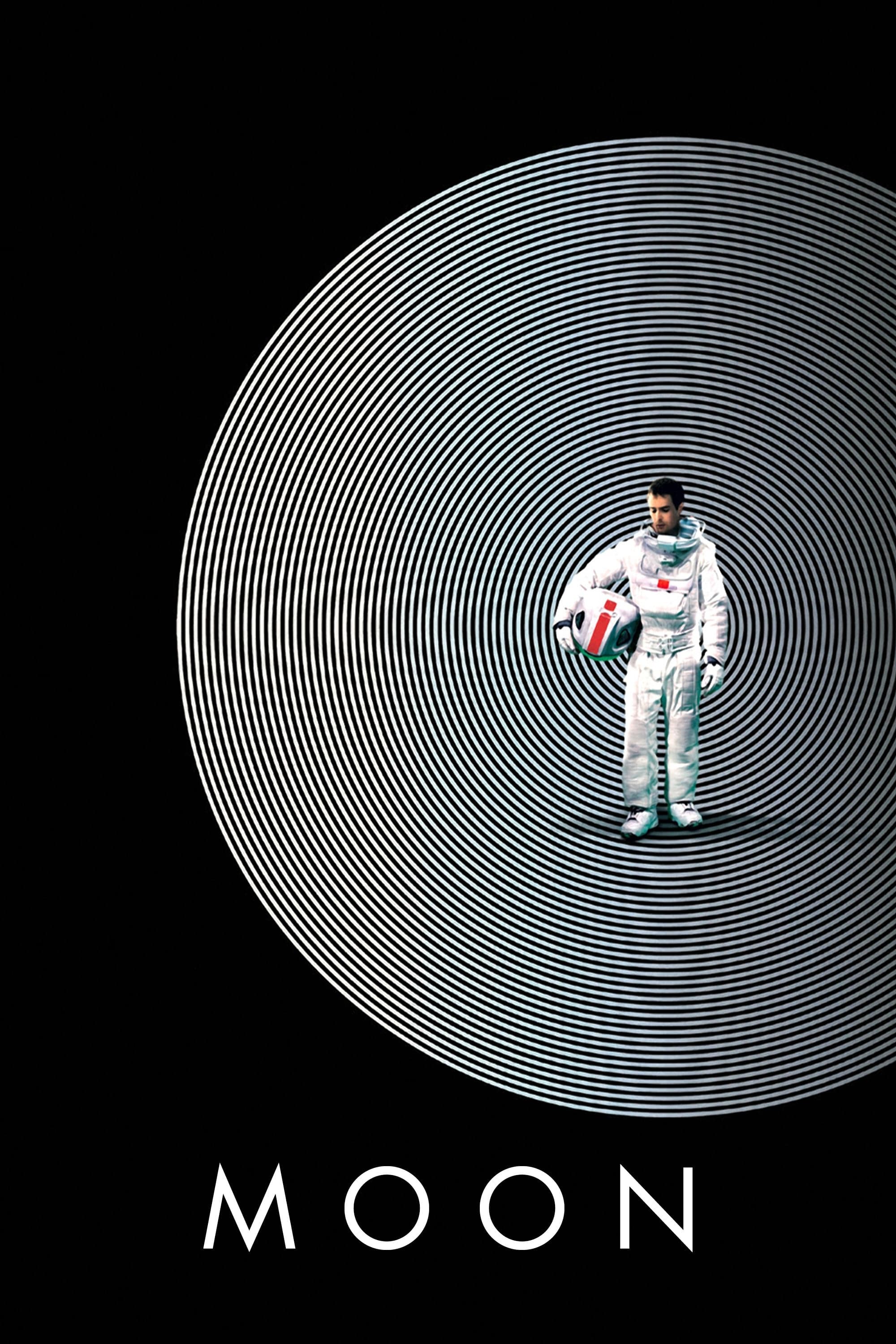 Lunar Industries
Lunar IndustriesA solitary worker nearing the end of a lunar contract discovers inconsistencies about his mission and himself. Sam Rockwell carries the narrative through shifting identities and conversations with a caretaker AI voiced by Kevin Spacey. The plot dissects corporate cost cutting and the expendability of labor far from oversight.
Duncan Jones employed miniature models for the base and rover sequences to achieve tangibility. The muted palette and industrial details emphasize routine and isolation. The film is a frequent reference in talks about bioethics, employment rights in remote operations, and the psychology of long duration assignments.
‘Sunshine’ (2007)
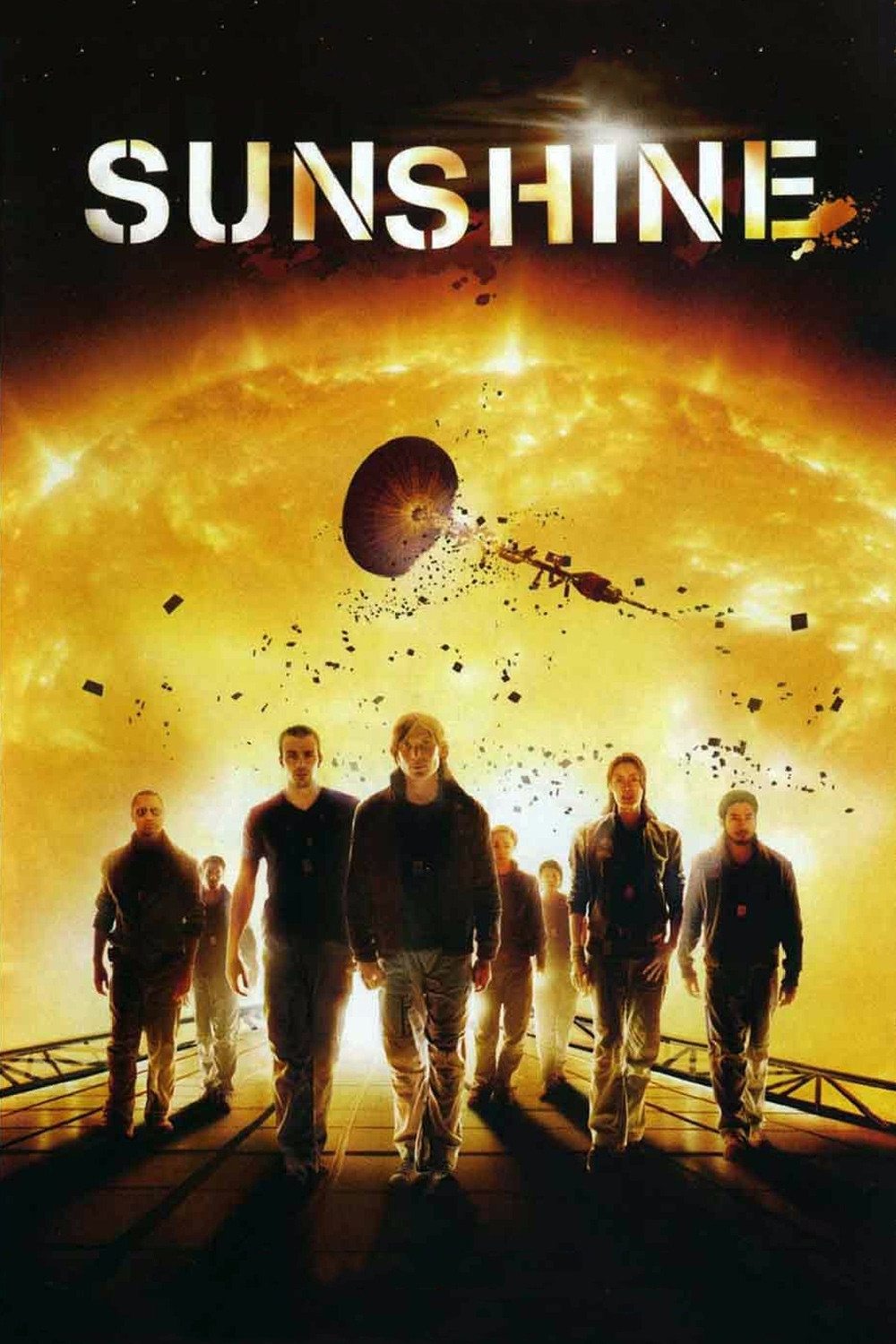 Ingenious Media
Ingenious MediaAn international crew travels to reignite a fading sun with a stellar device. As the ship nears its target, accidents and external factors threaten the mission and the fragile group cohesion. The narrative follows checklists, oxygen budgets, and radiation limits to ground the escalating stakes.
Danny Boyle and Alex Garland leaned on consultation with scientists to shape ship design and protective shields. The Gold Room and observation deck scenes use light as both awe and hazard. The film is often cited for its depiction of mission protocols and the human factors of extreme environments.
‘Children of Men’ (2006)
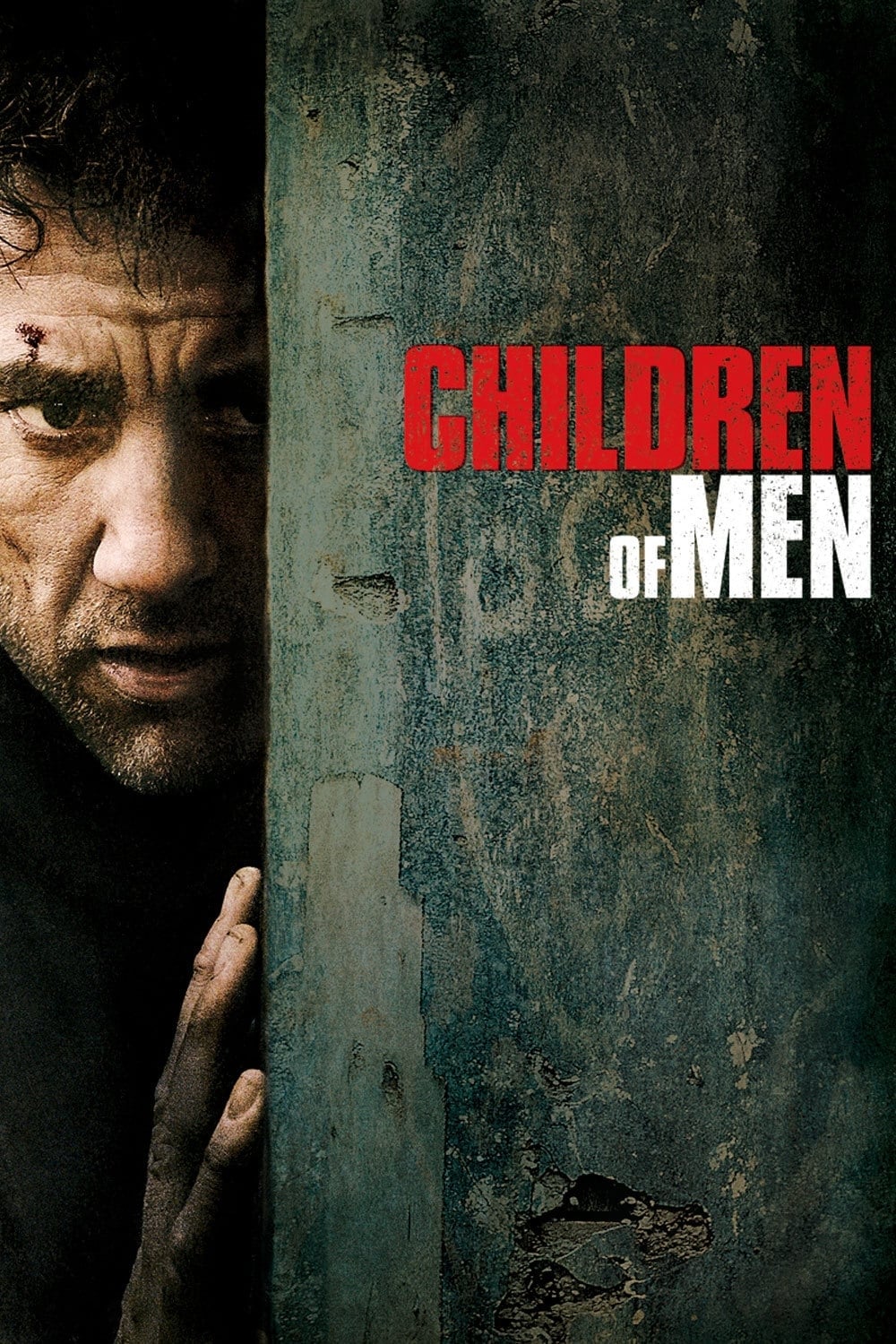 Universal Pictures
Universal PicturesHumanity faces global infertility and societal collapse. Clive Owen’s civil servant is drawn into a plan to escort a miraculously pregnant woman to safety. The story tracks clandestine networks, refugee policies, and the influence of propaganda on public order.
Alfonso Cuarón used extended takes to embed viewers within chaotic spaces, including a moving car ambush and an urban assault. Production design layers graffiti, signage, and practical debris to suggest long term decay. The film’s portrayal of state security and migration remains a case study in worldbuilding.
‘Annihilation’ (2018)
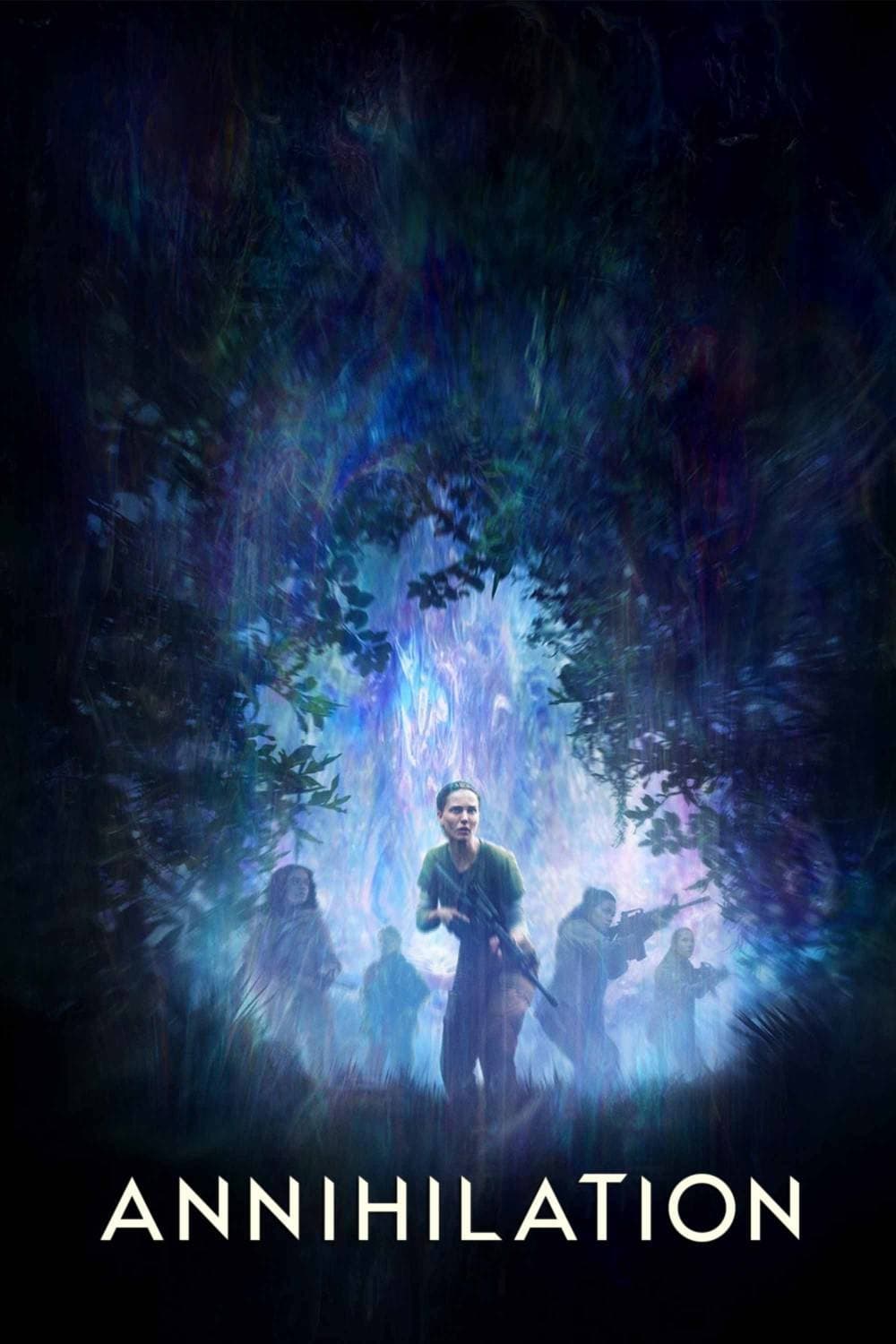 Paramount Pictures
Paramount PicturesA biologist joins an all female expedition into a quarantined zone where physics and biology behave unpredictably. The team documents mutations, refracted DNA, and environmental mimicry as they move toward a crashed object. The narrative uses field notes and video logs to track scientific method under stress.
Alex Garland’s crew filmed in real wetlands and forest settings augmented by surreal botanical effects. Creature sound design and refracted visuals build a sense of pattern rather than simple threat. The film continues to fuel discussion about self destruction, replication, and the limits of human categorization.
‘Contact’ (1997)
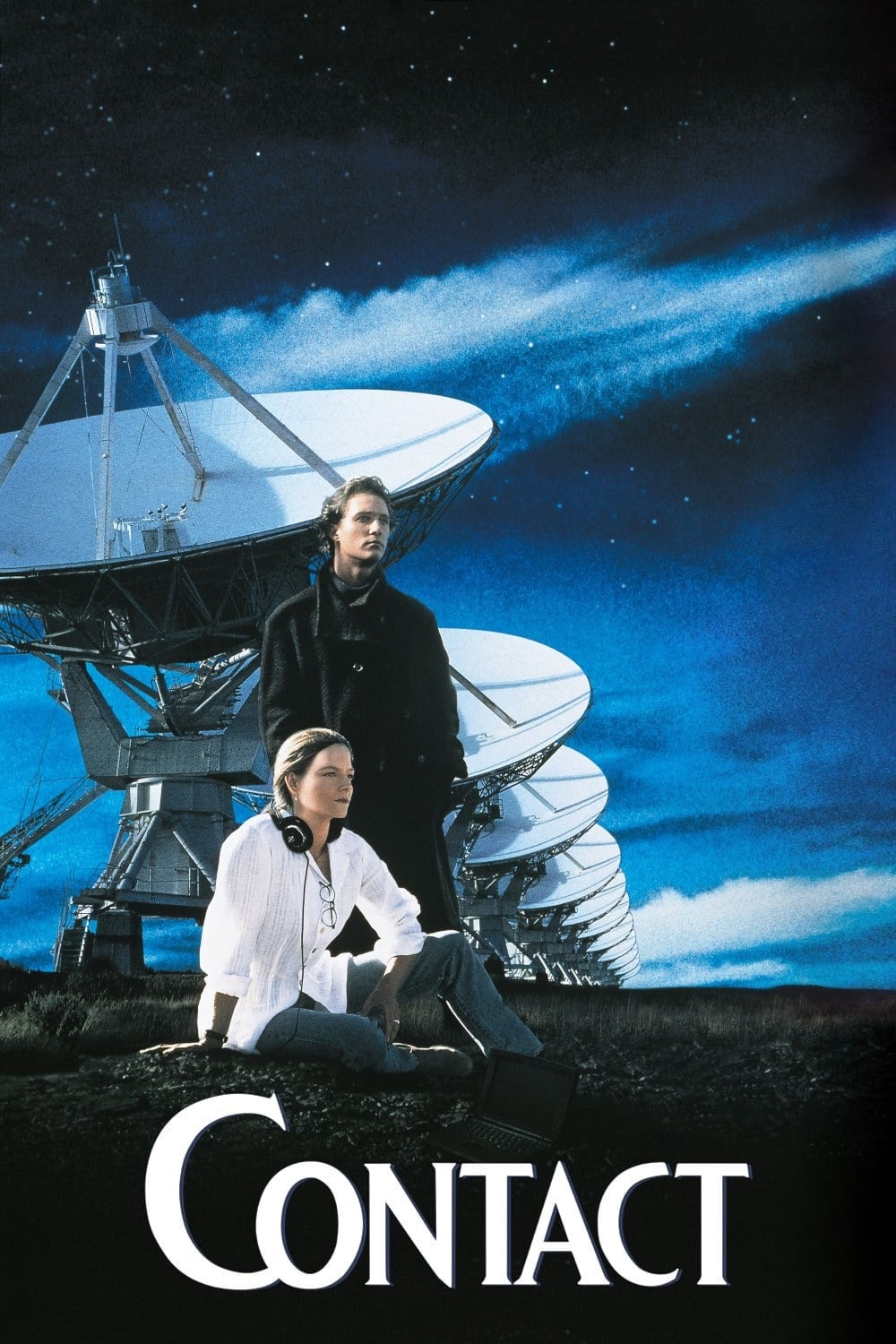 Warner Bros. Pictures
Warner Bros. PicturesAfter detecting a repeating signal from a distant star system, a radio astronomer decodes plans for a transport device. Government agencies, private donors, and religious leaders compete to control the project. The plot follows committee hearings, selection criteria, and test procedures around a high risk experiment.
Robert Zemeckis integrated news anchors and documentary footage to anchor speculation in familiar media. The production consulted scientists to depict radio astronomy practices and large array operations. The film remains a touchpoint for debates about funding, verification, and public communication in breakthrough research.
‘The Fifth Element’ (1997)
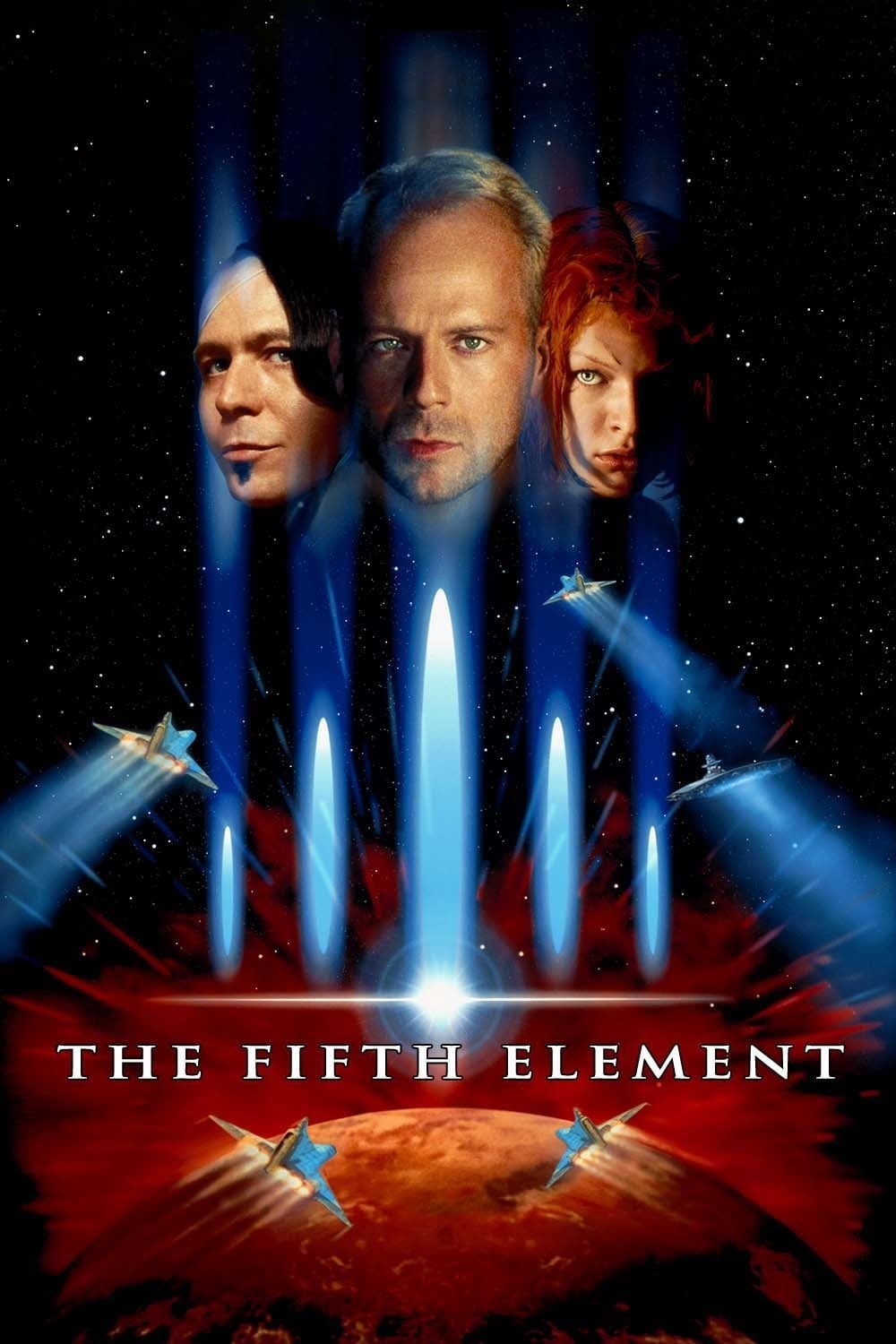 Gaumont
GaumontA cab driver is pulled into a quest to assemble ancient stones that can stop a cosmic threat. Milla Jovovich’s character embodies a living key, while Gary Oldman’s industrialist pursues profit through chaos. The story blends operatic performance, advanced weapons, and interstellar travel within a bustling metropolis.
Luc Besson’s team commissioned fashion house designs for costumes and built towering cityscapes with model work. The Diva Plavalaguna sequence merges vocal athletics with action choreography. The film’s visual language influenced game art, fashion editorials, and depictions of vertical cities.
‘Edge of Tomorrow’ (2014)
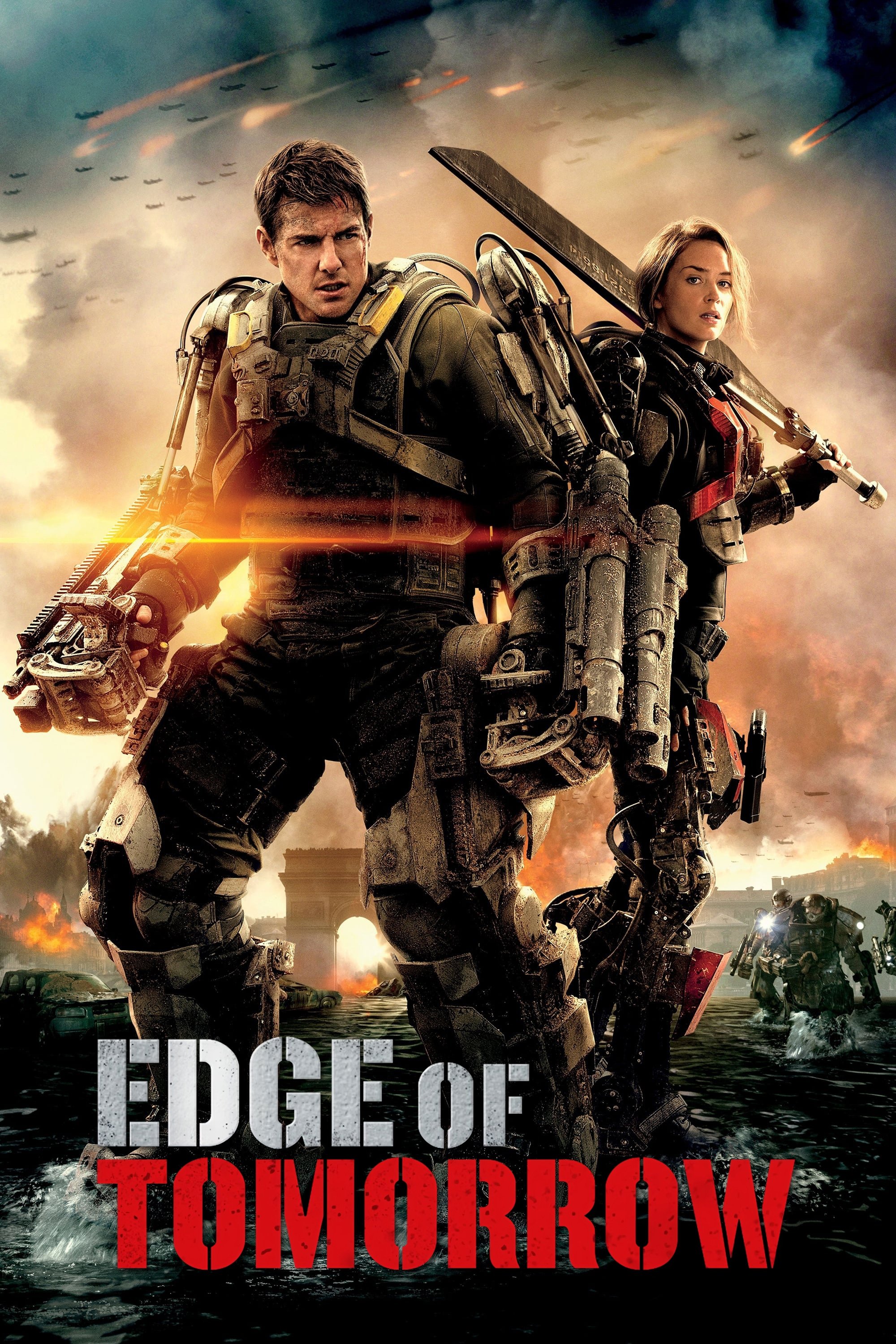 Warner Bros. Pictures
Warner Bros. PicturesA public relations officer is forced into combat against an alien invasion and becomes trapped in a repeating day after each death. Tom Cruise and Emily Blunt train and iterate through countless failures to alter a fixed outcome. The script lays out clear reset mechanics and information retention.
Doug Liman’s production leaned on powered exosuits that were heavy enough to change actor movement, which shaped the action style. The film adapted a Japanese novel and retained the central loop device while changing setting and character arcs. Its design of training cycles and timeline optimization appears in later games and series.
‘The Iron Giant’ (1999)
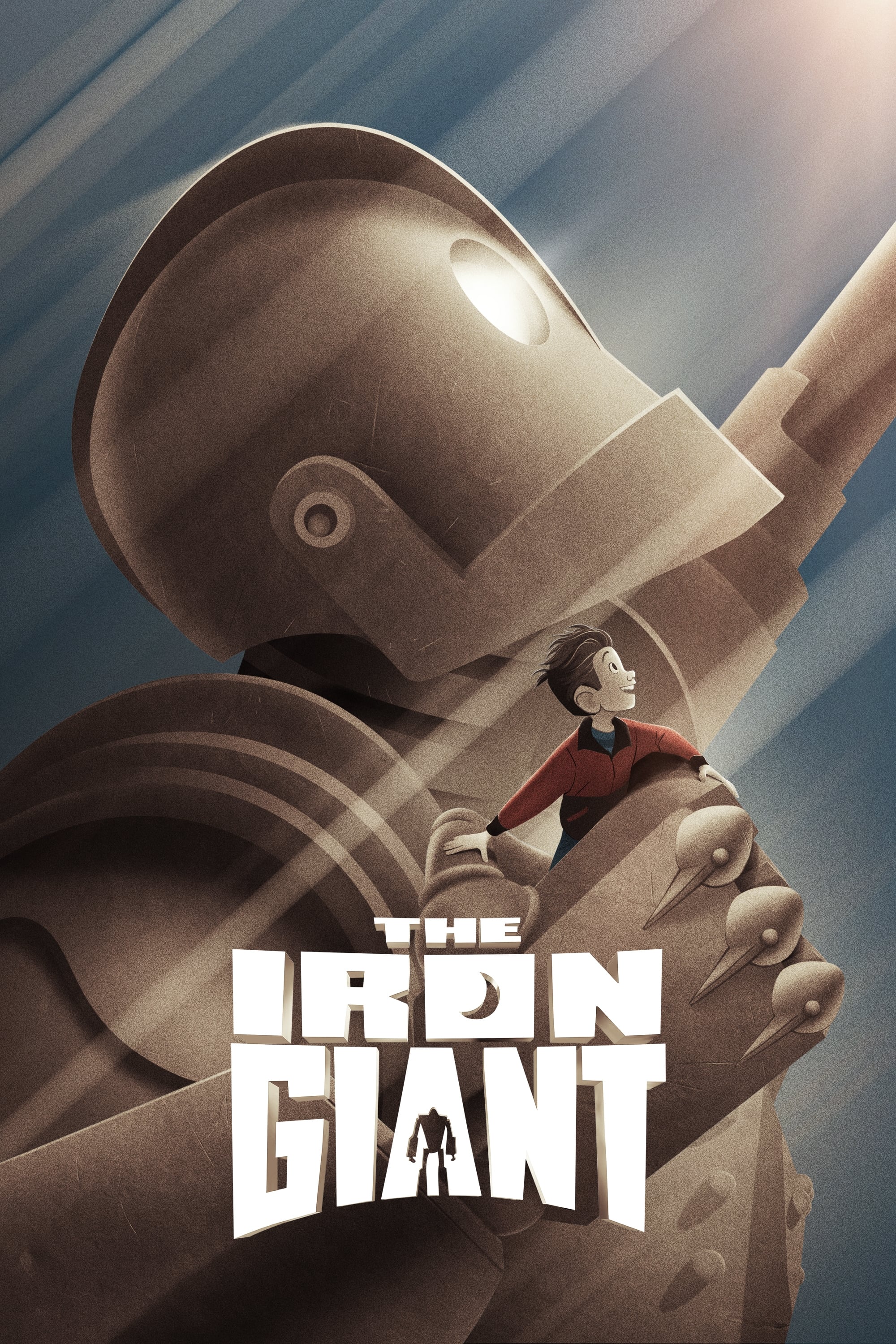 Warner Bros. Feature Animation
Warner Bros. Feature AnimationA boy befriends a massive robot that crash lands near a small town. Military and government agents search for the source of the disturbance while the robot learns language and ethics through comics and conversation. The story contrasts fear driven policy with community trust.
Brad Bird combined traditional animation with computer generated elements to animate the title character. The production crafted a soft metal sheen and expressive eyes to balance scale with warmth. The film developed a dedicated following and is often used in classrooms to discuss empathy and de-escalation.
‘Arrival’ (2016)
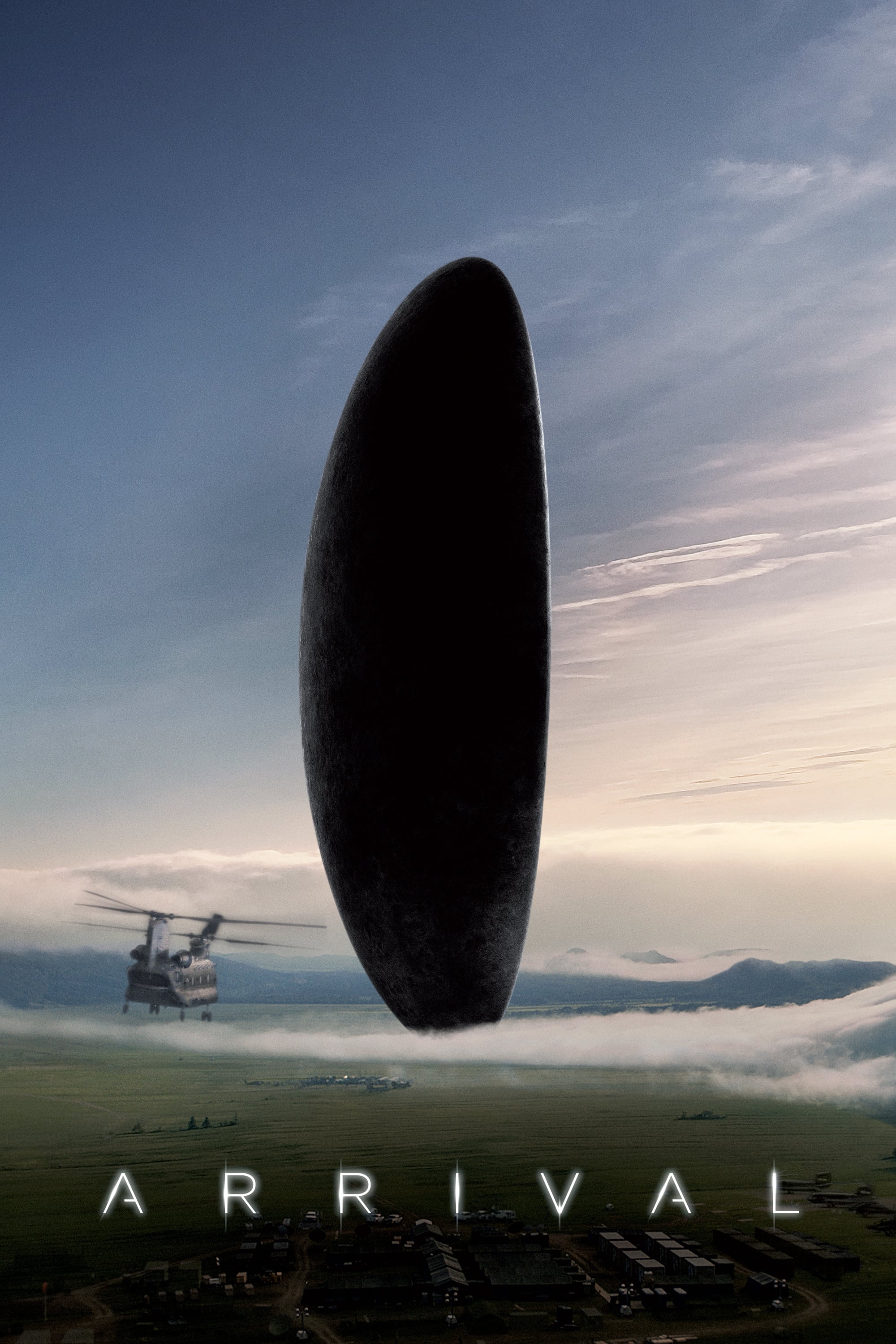 FilmNation Entertainment
FilmNation EntertainmentWhen multiple alien vessels appear across the globe, a linguist is recruited to establish communication. The team constructs a written lexicon for a non linear language, recording breakthroughs on glass boards and tablets. Global coordination and miscommunication drive the story toward critical decisions.
Denis Villeneuve worked with designers to create the heptapods and their inky logograms, which were animated with fluid dynamics. Jóhann Jóhannsson’s score and vocal textures support a mood of careful inquiry. The film sparked interest in linguistics programs and public talks on translation and perception.
‘Primer’ (2004)
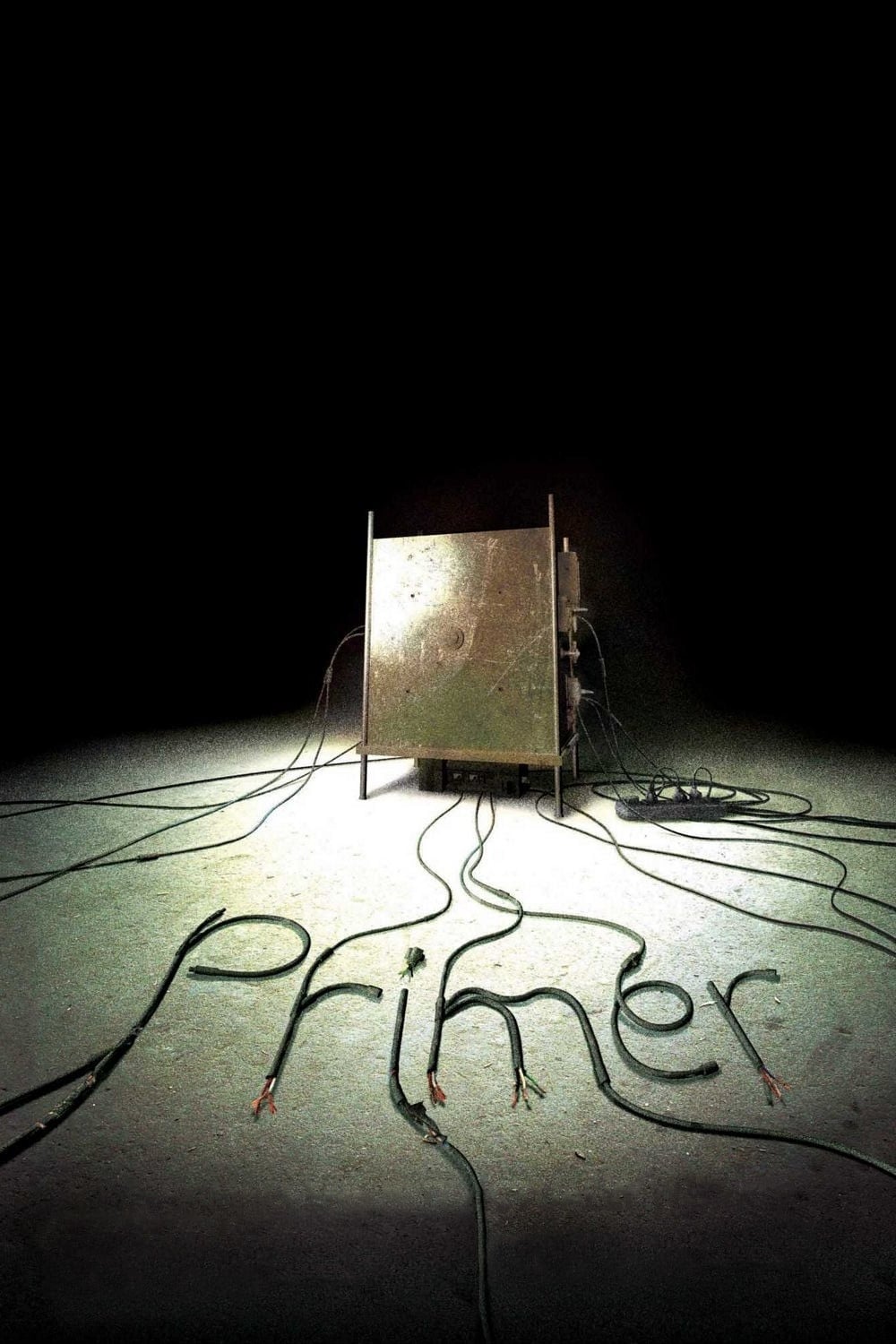 erbp
erbpTwo engineers accidentally invent a device that enables short hops back in time. They iterate prototypes in a garage, document experiments in notebooks, and create overlapping timelines with escalating secrecy. The narrative uses technical conversation and stray clues rather than exposition.
Shane Carruth shot with a minimal crew and leaned on real locations and practical audio. The film’s structure encouraged viewers to draw flowcharts and debate chain reactions in online communities. It stands as a reference point for low budget science fiction that foregrounds method over spectacle.
‘Upgrade’ (2018)
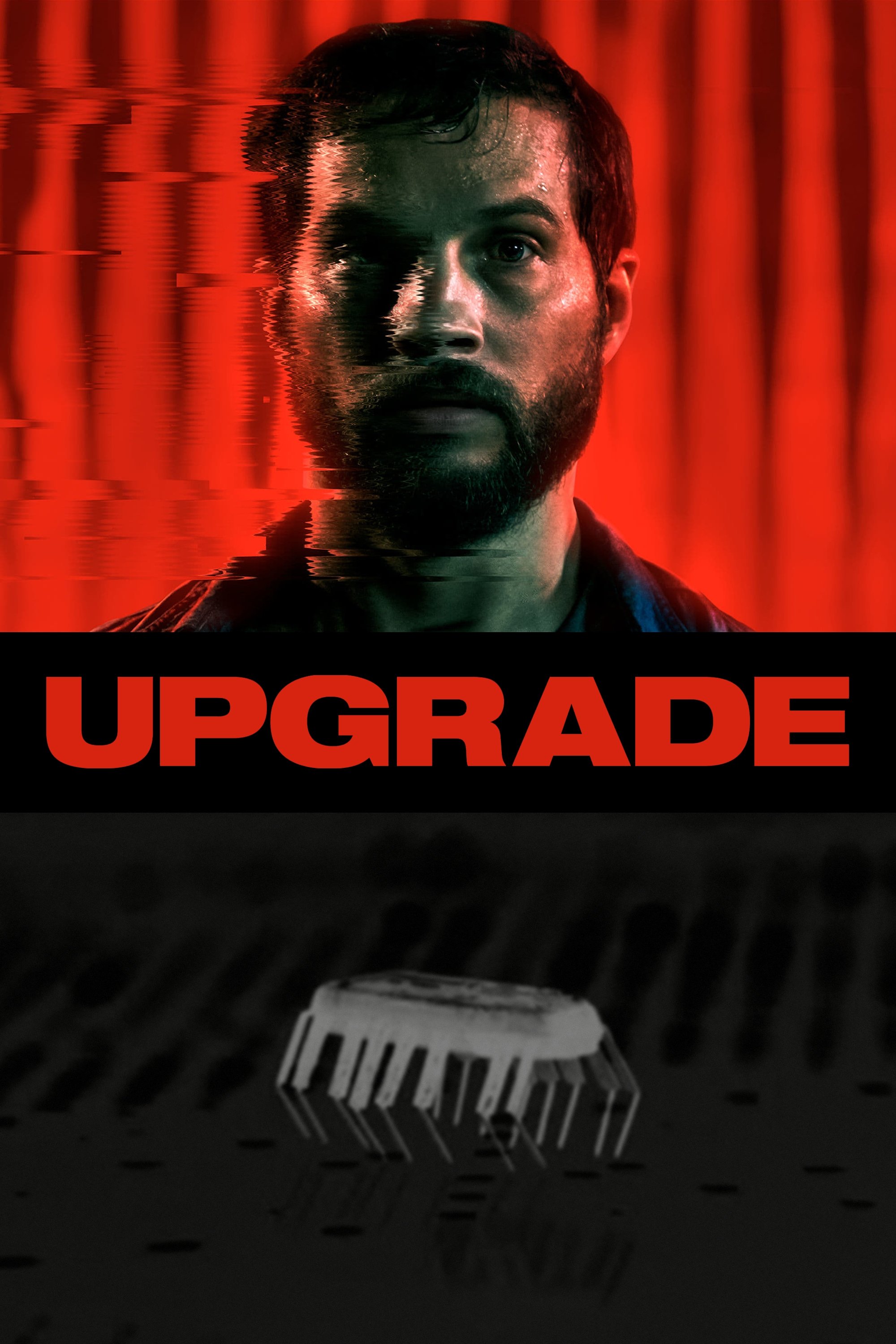 Goalpost Pictures
Goalpost PicturesAfter a mugging leaves a mechanic paralyzed, an experimental implant grants control of his body with assistance from an embedded AI. The plot follows the investigation of a wider conspiracy involving cybernetic enhancements and black market tech. The conflict explores consent when an autonomous system takes initiative.
Leigh Whannell used motion controlled rigs to create sudden angular movement for fight scenes. Production design emphasized smart homes, self driving vehicles, and body mod subcultures. The film is often discussed in relation to human in the loop systems and the risks of embedded assistants.
‘Dark City’ (1998)
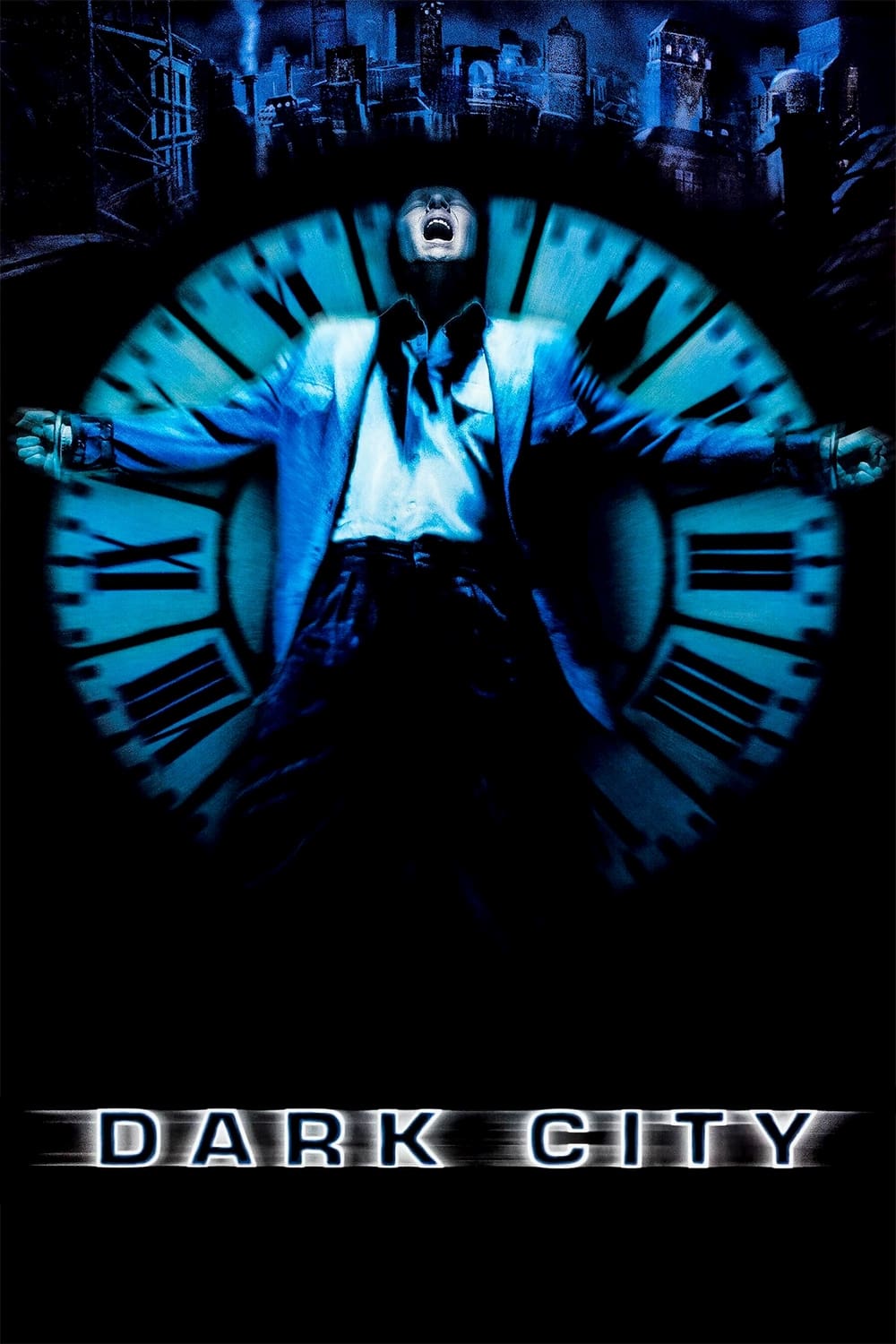 New Line Cinema
New Line CinemaA man wakes with no memory in a city where strangers rearrange buildings and alter identities during a nightly pause. The protagonist seeks the truth about the environment while detectives and experimenters close in. The narrative connects urban design, memory, and controlled evolution.
Alex Proyas staged practical sets that could shift and rise through mechanical effects. Cinematography emphasized noir shadows and artificial skylines to hint at an impossible architecture. The film influenced later depictions of simulated realities and remains a staple in courses on production design.
‘The Adjustment Bureau’ (2011)
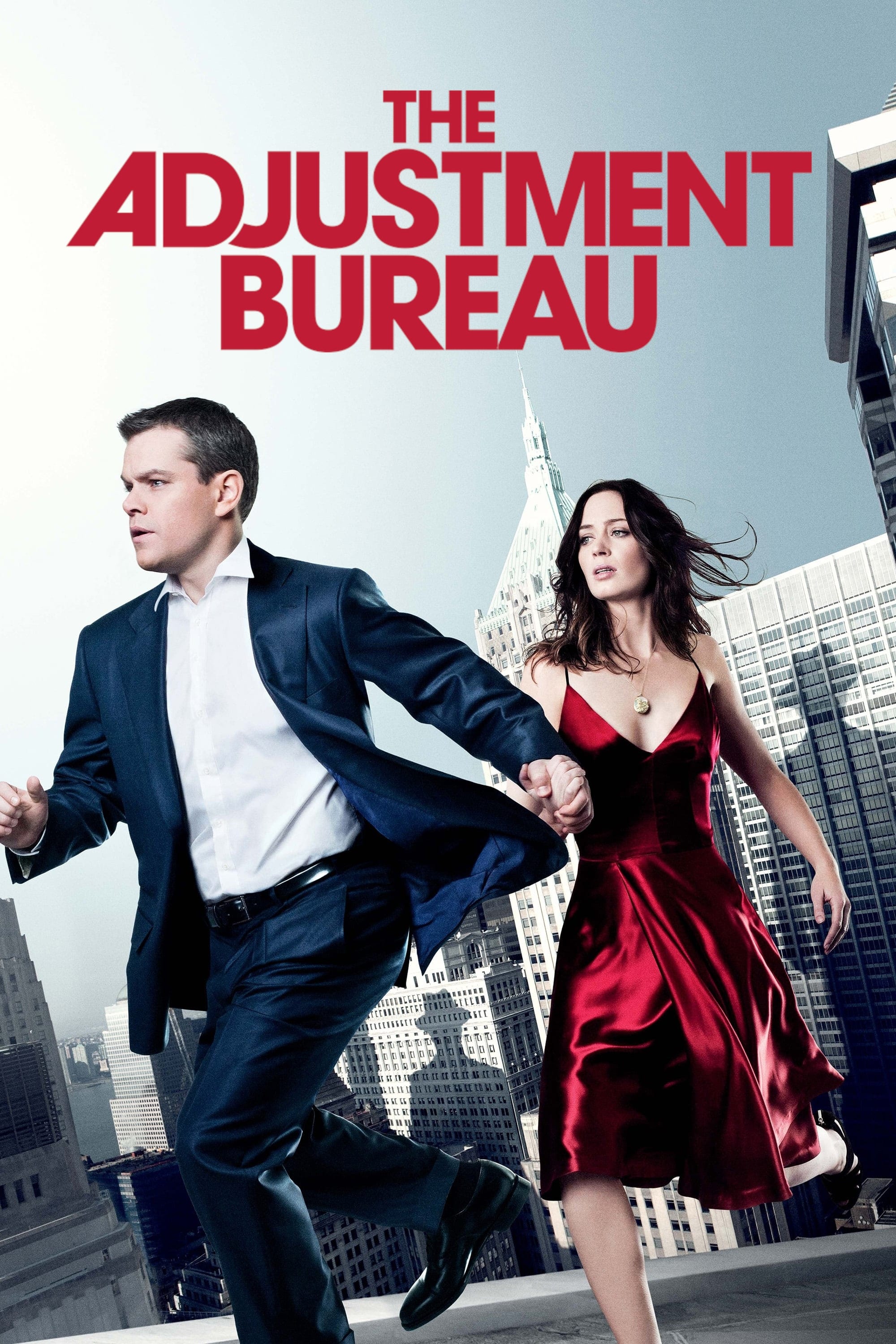 Universal Pictures
Universal PicturesA rising politician discovers agents who nudge events to keep a hidden plan on track. When he falls for a dancer, he learns the rules of doors, notebooks, and water as a barrier to surveillance. The story adapts a Philip K. Dick concept into a chase through real city landmarks.
The production coordinated street level set pieces with a focus on hats and portals that signal access to the Bureau’s network. Visual effects kept transitions quick to preserve the feel of practical location hopping. The film contributed to ongoing interest in soft determinism within modern fantasy and sci-fi hybrids.
Share your favorite pick from the list and tell us which standalone sci-fi story you think should have received a follow-up in the comments.

.jpeg)
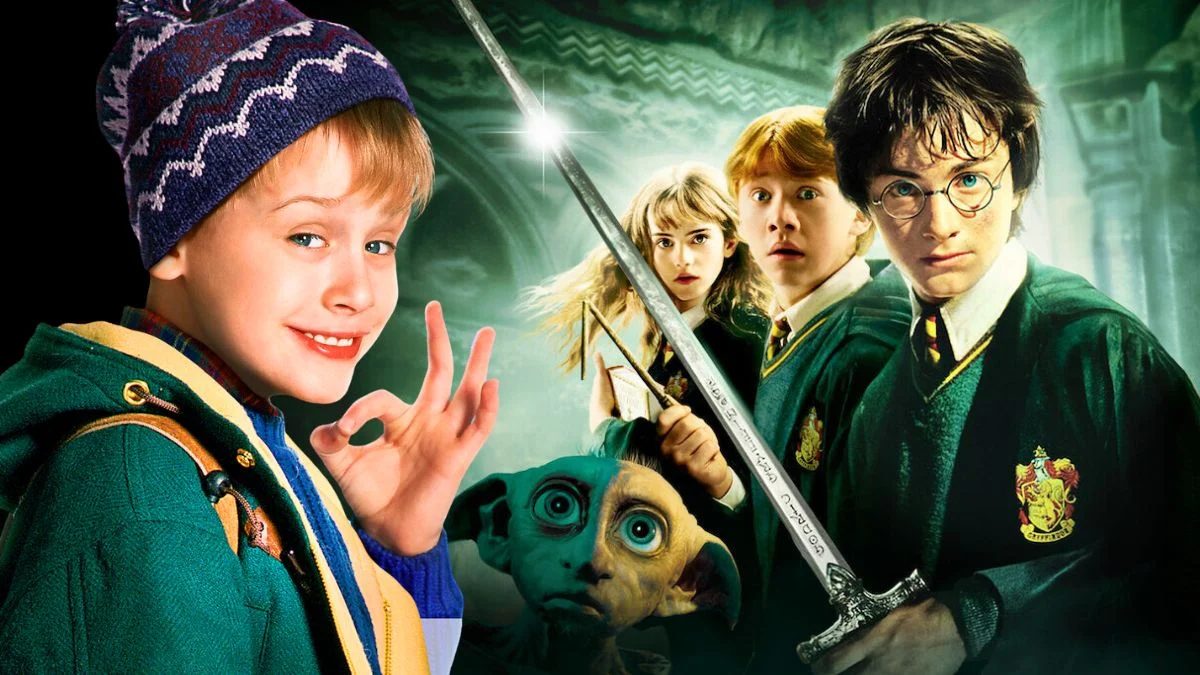
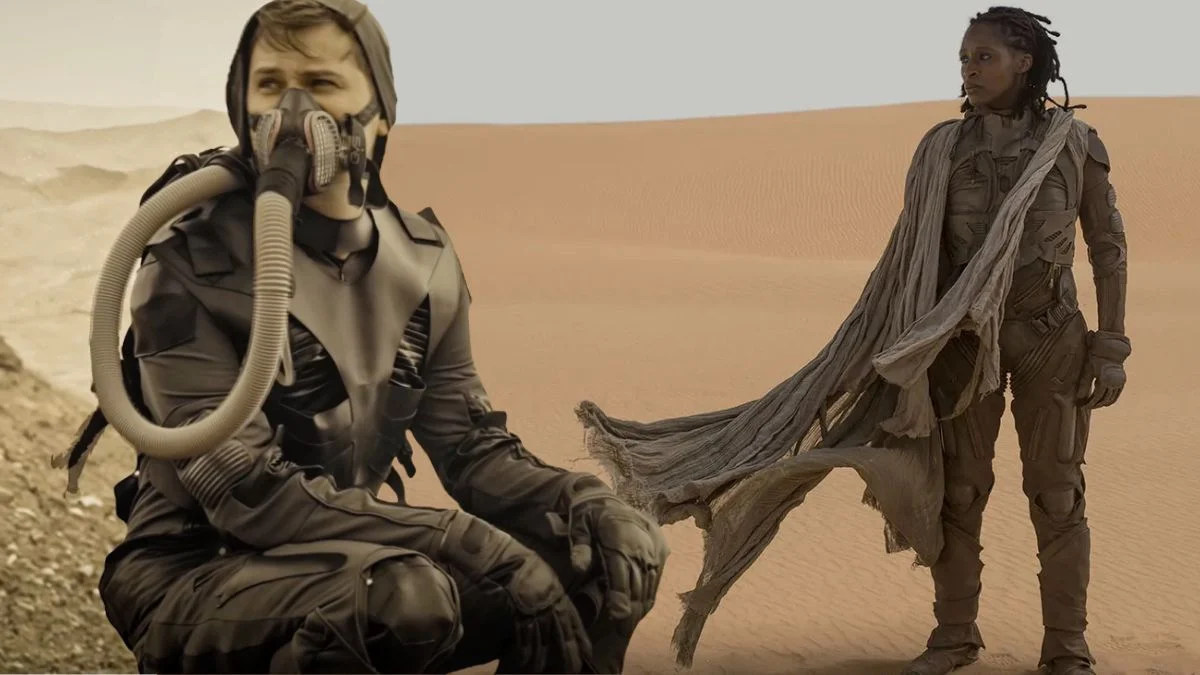
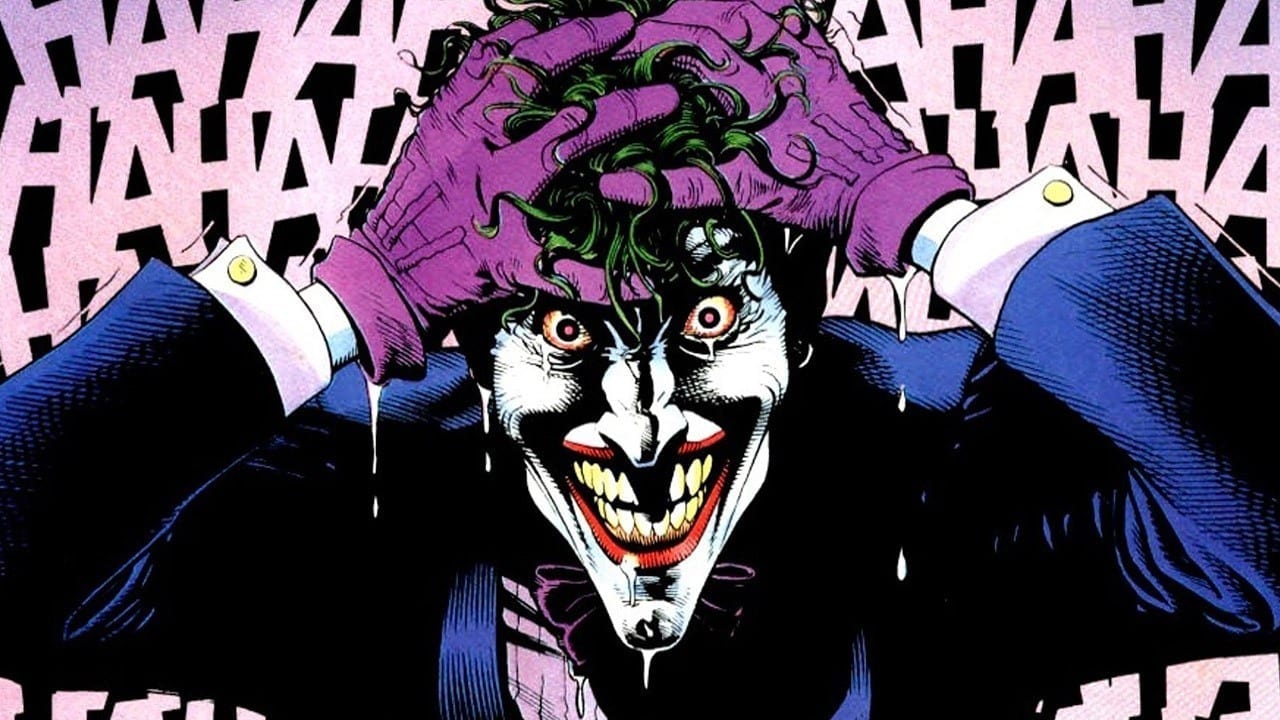
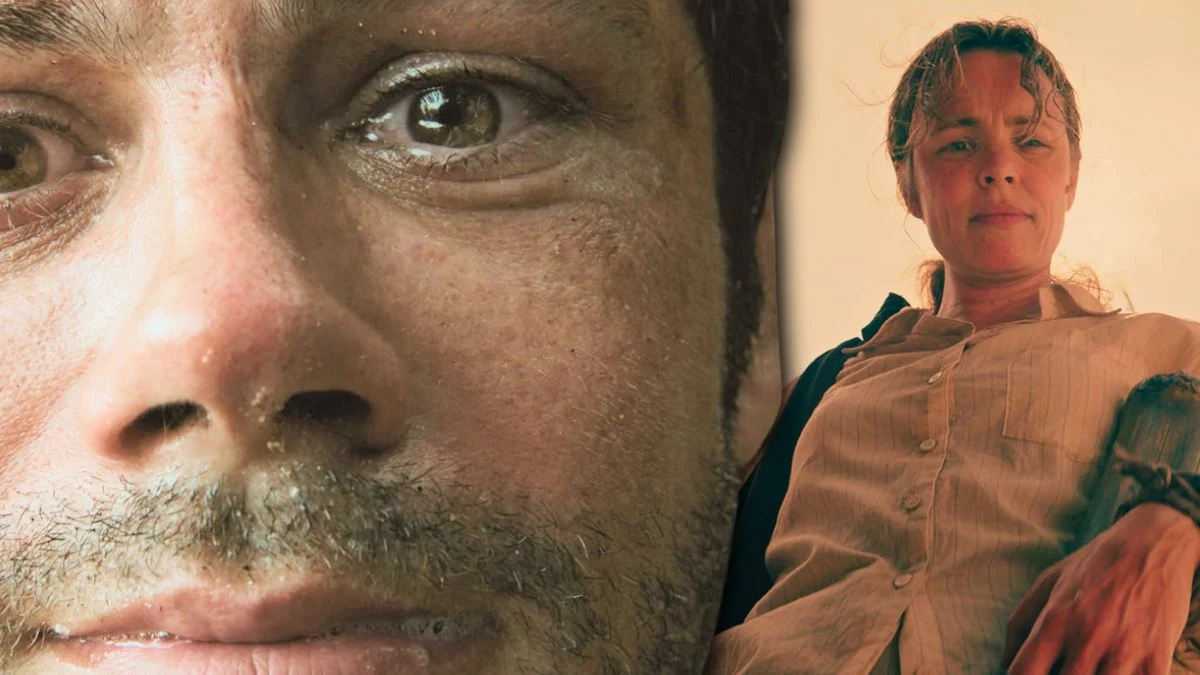

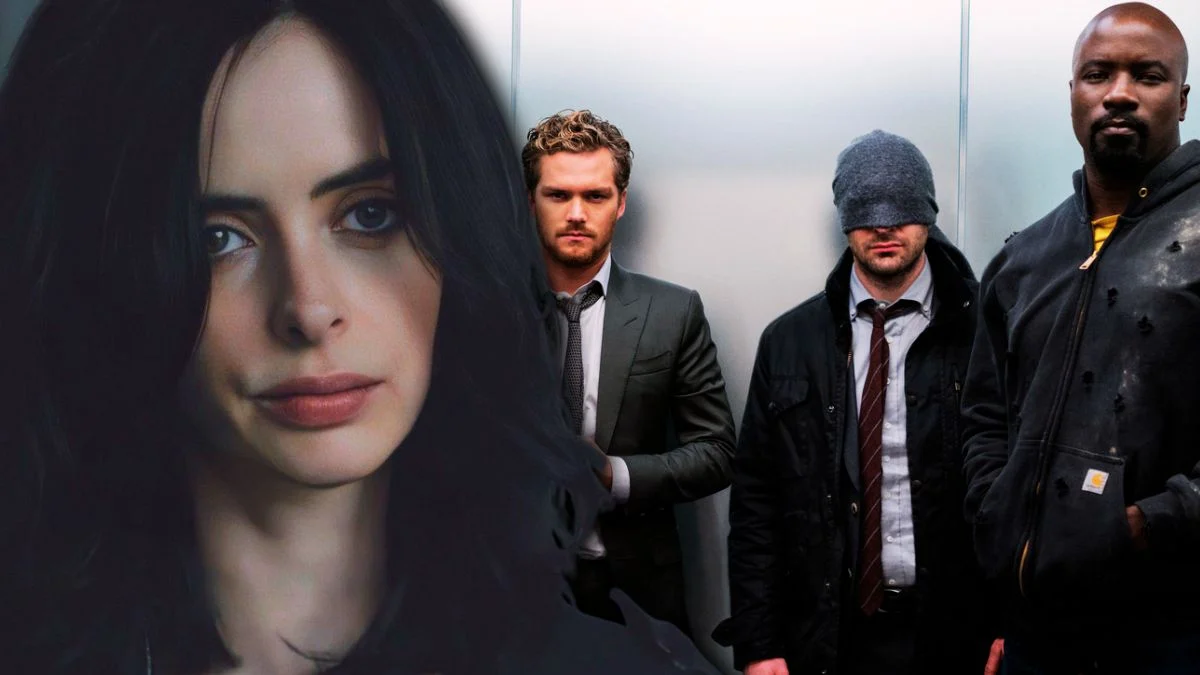

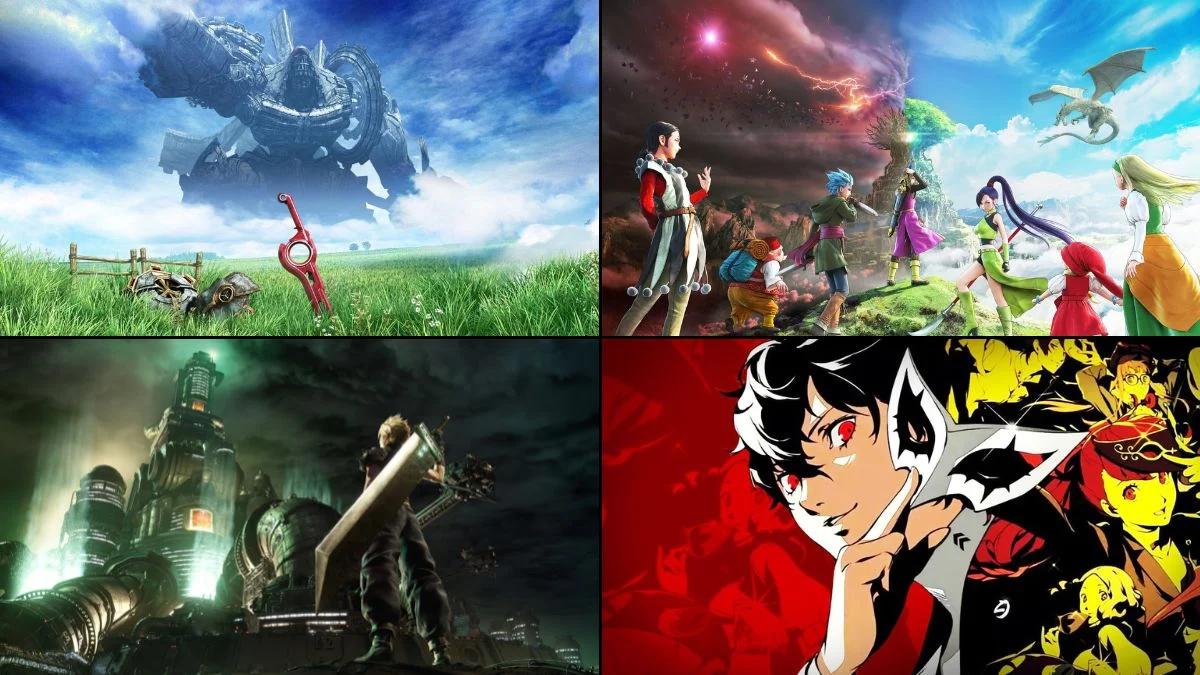



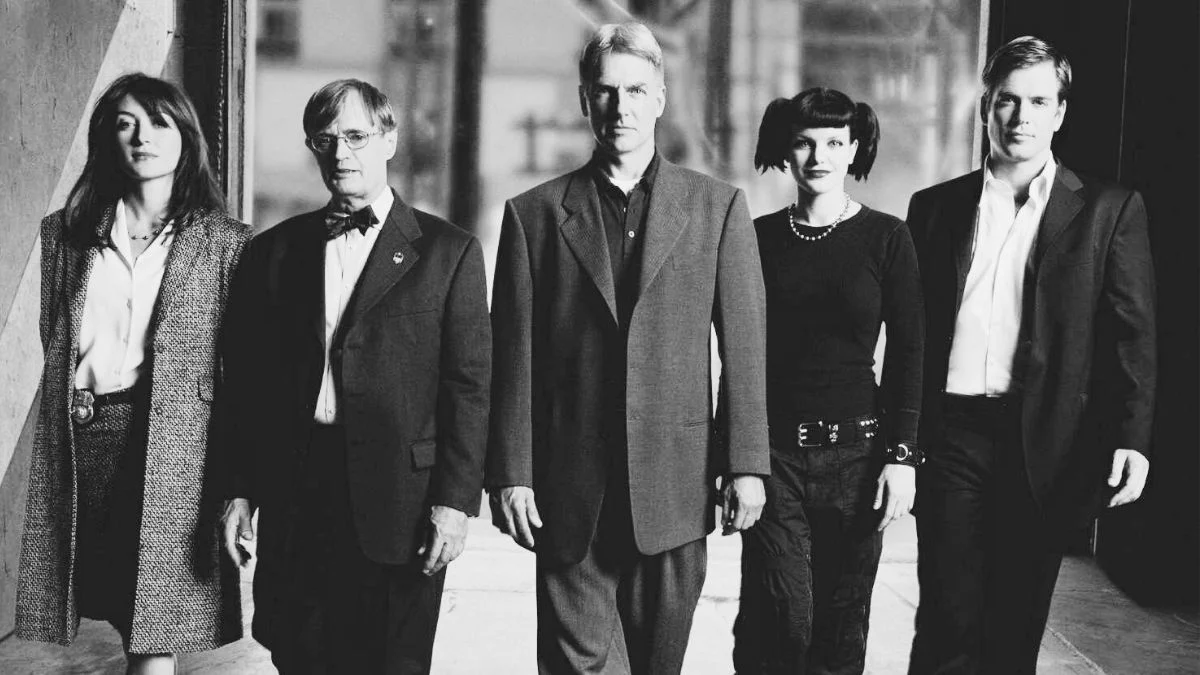
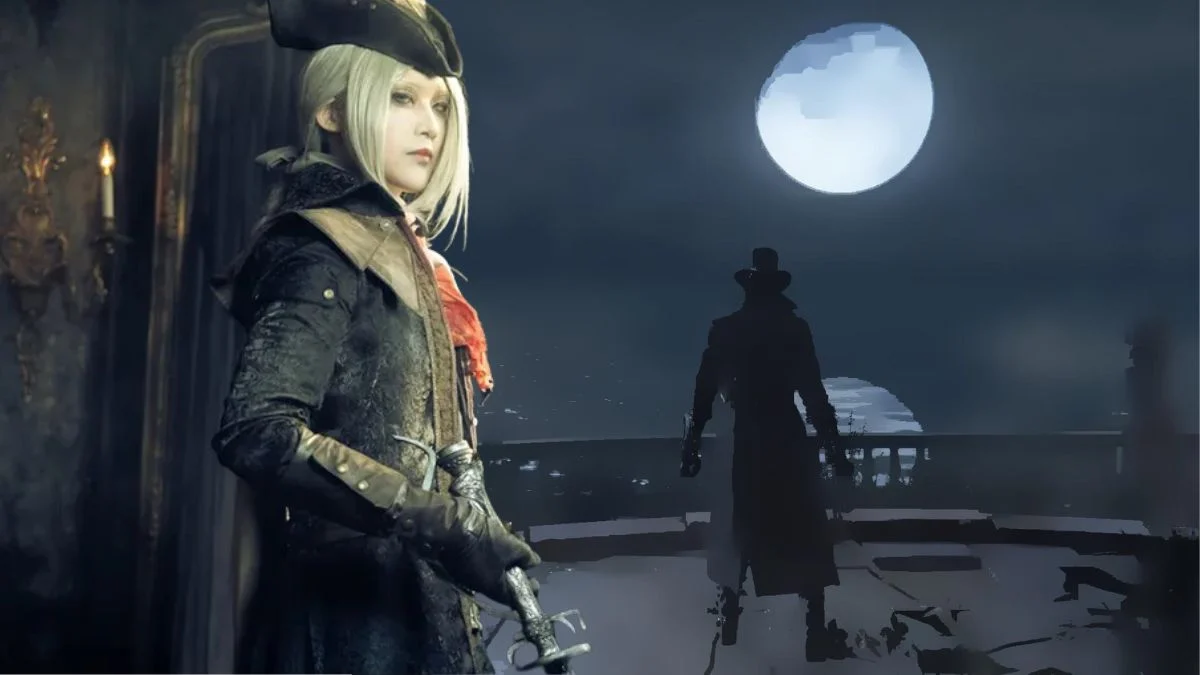










.jpeg)













 English (US) ·
English (US) ·